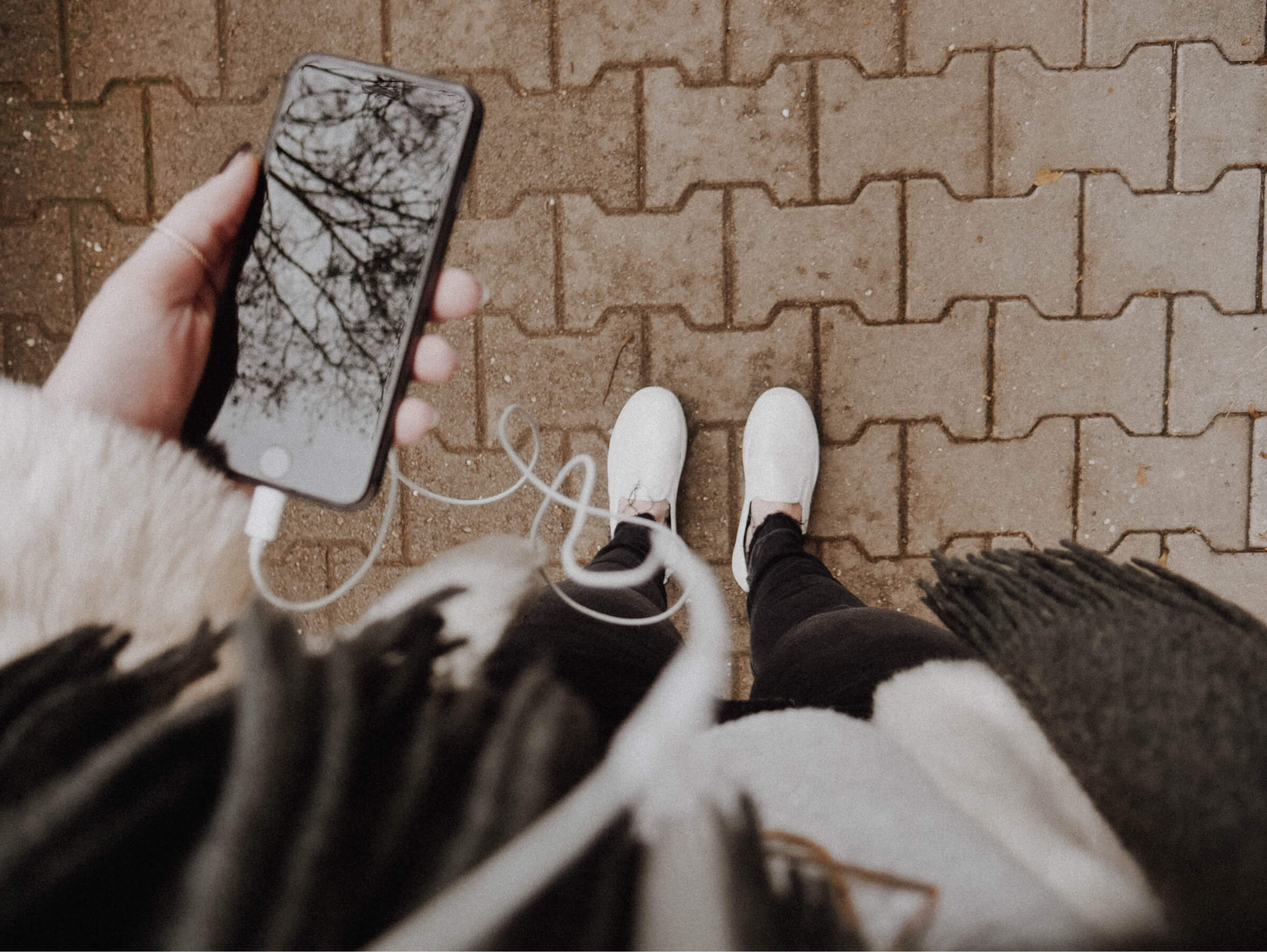
Blended learning is definitely not a new concept in the world of training and education. However, dealing with a pandemic in 2020 has given us a new perspective on it. The sudden shift to all things virtual means the need for blended solutions has become not only preferred, but essential. The effects of sensory overload, especially those that come from virtual burn out or a sense of isolation, are very real and can have negative effects on performance and behavior.
A blended learning solution is one of the best ways to ease the virtual load while still offering valuable learning experiences. Getting the right mix of non-virtual offerings in your training plan gives learners the best opportunity to avoid sensory overload.
What are some creative ways you can provide non-virtual options? Let’s dive into a few.
GUIDED DISCOVERY
Guided discovery is an effective way to facilitate the learning experience but let the learner find the insights on their own learning path. This method is one of the best ways to offer the learner something personal and unique from the learning process.
Here are a couple of specific examples for ways you can put this into action:
EXPERIENTIAL LEARNING
Experiential learning is an extremely valuable methods for learners because it just does just what the name says – allows for learning through experiences. Often there's no better replacement for hands-on learning.
Here are some ideas for how to give your learners the benefit of learning through experiences but still maintain a safe and socially distanced experience:
EXPLORATION
Exploration is a much more informal strategy, which is a largely learner-determined process. Its outcomes are much more unpredictable because they are so unique to each learner, but that’s also why exploration is so valuable.
Here are a few examples for how you can blend exploration into your learning strategy:
GET MOVING
It's taxing to sit in front of a computer screen for hours at a time and can really take a toll. Encouraging physical activity is good for the mind and body.
Think about these creative ways you can incorporate movement in your learning:
A blended solution is all about making the experience as successful and adaptable as possible for your learners. They'll appreciate that their learning journey doesn’t involve eight hours in a chair in front of a computer chair – and ultimately, they'll learn better.
Our team of industry experts is ready to partner with you and help you think about the best way to execute a blended learning strategy. Click here to contact Megan, our Vice President of Business Development and find out how Ardent can complement your L&D team.
These Stories on Learning Strategy
As the word echoed in the boardroom, all eyes turned to Klara, the new VP of ...
Quick poll: Raise your hand if you like taking compliance training.
I can’t see you, ...
Imagine a mid-sized consumer packaged goods (CPG) company — let’s call them “FreshBite” — facing a critical challenge: Mid-level managers, many of whom were first-time ...
Copyright © 2025 Ardent Learning Inc. All Rights Reserved.